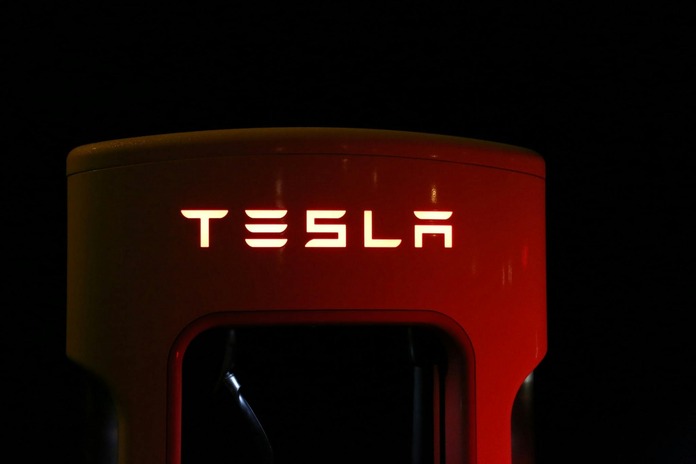Tesla (NASDAQ:TSLA) has reported its first quarterly increase in deliveries for 2023, boosted by attractive financing and lease deals. However, despite the improved numbers, shares of the electric vehicle (EV) maker fell, as investor expectations remained higher. This Tesla delivery update sheds light on what drove the latest figures and how the market responded.
Q3 Tesla Delivery Update: Financing and Lease Deals Boost Sales
From July through September, Tesla delivered 462,890 vehicles, marking a notable increase from the 435,059 units delivered in the same period last year. The rise was supported by several strategies, including low-interest financing at rates as low as 1.99% and monthly leases of $299 for the Model 3—Tesla’s most affordable model. Analysts had estimated deliveries to be around 462,000, making the actual figures a slight overachievement.
However, Tesla shares experienced a significant slump, dropping nearly 4% in morning trading following the announcement. Dan Ives of Wedbush remarked that while the delivery numbers were positive, they failed to meet heightened investor expectations. “This is a clear improvement from the first half,” Ives said, emphasizing that Tesla still needs to reach a target of around 1.8 million vehicle deliveries for the entire year to maintain market confidence.
Challenges and Competition Impacting Tesla’s Sales
Tesla faced challenges earlier in the year, with slowing growth in EV sales across the U.S. and Europe due to concerns about vehicle range, pricing, and charging infrastructure. These hurdles forced Tesla to offer substantial discounts, cutting into its traditionally robust profit margins. Analysts have estimated that the average sales price for Tesla vehicles fell to $42,500 in Q3, the lowest in four years, which will likely have a negative impact on the company’s earnings set to be announced on October 23.
Moreover, increased competition from both established automakers and startups has put pressure on Tesla’s market share. The majority of Tesla’s sales came from the more affordable Models 3 and Y, with only 22,915 units sold of its pricier models, including the Model X, Model S, and the new Cybertruck.
Global Dynamics: Mixed Market Performance in China, Europe, and U.S.
Analysts have expressed varying views on Tesla’s global market dynamics in this Tesla delivery update. Dan Ives from Wedbush suggests that China will play a key role in boosting Tesla’s sales, given favorable leasing terms and increasing demand in the region. “China continues to heat up on the demand story for Tesla,” wrote Ives, indicating confidence in significant growth from the market.
On the other hand, Europe poses challenges for Tesla due to broader macroeconomic pressures that are likely to limit growth. Meanwhile, the U.S. market is expected to stabilize, as demand finds its footing amidst fluctuating economic conditions.
However, BNP Paribas Exane analysts provided a more conservative outlook, stating that market expectations for Tesla’s long-term sales are somewhat overestimated. Their sales projections for 2026 and 2027 are 10-15% below consensus estimates, indicating potential risks in achieving sustained growth at current rates.
The Road Ahead: New Product Launches and Potential Catalysts
In addition to this Tesla delivery update, the company is expected to unveil a purpose-built robotaxi at an upcoming event, potentially opening a new revenue stream and boosting its autonomous vehicle program. This development could provide a catalyst for future sales and investor sentiment, particularly as Tesla continues to explore opportunities beyond traditional EV manufacturing.
Tesla’s strong focus on advancing its technological edge—whether through vehicle design, AI integration, or expanding infrastructure like the Supercharger network—positions it uniquely within the automotive industry. However, maintaining profitability amidst increasing competition and the need for innovation remains a critical challenge for the company.
Investor Takeaways and the Path Forward for Tesla
Despite the first increase in deliveries for 2023, the Tesla delivery update reveals that investors are seeking more significant improvements in sales growth and profitability. With competition heating up, average vehicle prices declining, and global market variances at play, Tesla faces a complex path to meet ambitious delivery targets and maintain its industry leadership.
While Q3 showed some positive momentum, achieving 1.8 million deliveries by the end of the year will require strong performance in Q4, particularly in key markets like China and the U.S. The upcoming earnings report and new product announcements will be crucial indicators of Tesla’s ability to adapt to market dynamics and sustain growth in the rapidly evolving EV sector.
For investors and market watchers, keeping an eye on Tesla’s strategies for navigating competition, leveraging its global presence, and innovating in autonomous and EV technology will be essential in understanding the company’s future trajectory.
Featured Image: Pexels © Pixabay








